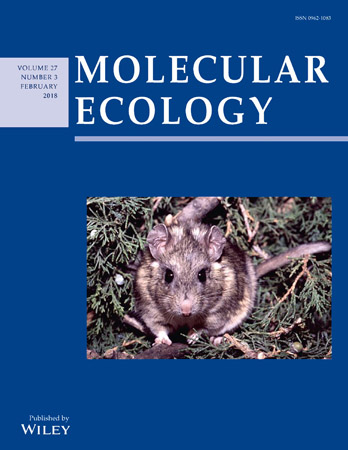
Biology Under Cover Abstract
Selected Journal & Book Covers from SBS Faculty
Role of cytochrome P450 2B sequence vatiation and gene copy number in facilitating dietary specialization in mammalian herbivores
Kitanovic S, Orr TJ, Spalink D, Cocke GB, Schramm K, Wilderman PR, Halpert JR, Dearing MD.
Abstract
Theory postulates that dietary specialization in mammalian herbivores is enabled by a specialized set of liver enzymes that process the high concentrations of similarplant secondary metabolites (PSMs) in the diets of specialists. To investigatewhether qualitative and quantitative differences in detoxification mechanisms distinguishdietary specialists from generalists, we compared the sequence diversityand gene copy number of detoxification enzymes in two woodrat species: a generalist,the white-throated woodrat (Neotoma albigula) and a juniper specialist, Stephens’woodrat (N. stephensi). We focused on enzymes in the cytochrome P450subfamily 2B (CYP2B), because previous research suggests this subfamily plays akey role in the processing of PSMs. For both woodrat species, we obtained andsequenced CYP2B cDNA, generated CYP2B phylogenies, estimated CYP2B genecopy number and created a homology model of the active site. We found thatthe specialist possessed on average ~5 more CYP2B gene copies than the generalist, but the specialist’s CYP2B sequences were less diverse. Phylogenetic analysis of putative CYP2B homologs resolved woodrat species as reciprocally monophyletic and suggested evolutionary convergence of distinct homologs on similar key amino acid residues in both species. Homology modelling of the CYP2B enzyme suggests that interspecific differences in substrate preference and function likely result from amino acid differences in the enzyme active site. The characteristics of CYP2B in the specialist, that is greater gene copy number coupled with less sequence variation, are consistent with specialization to a narrow range of dietary toxins.
